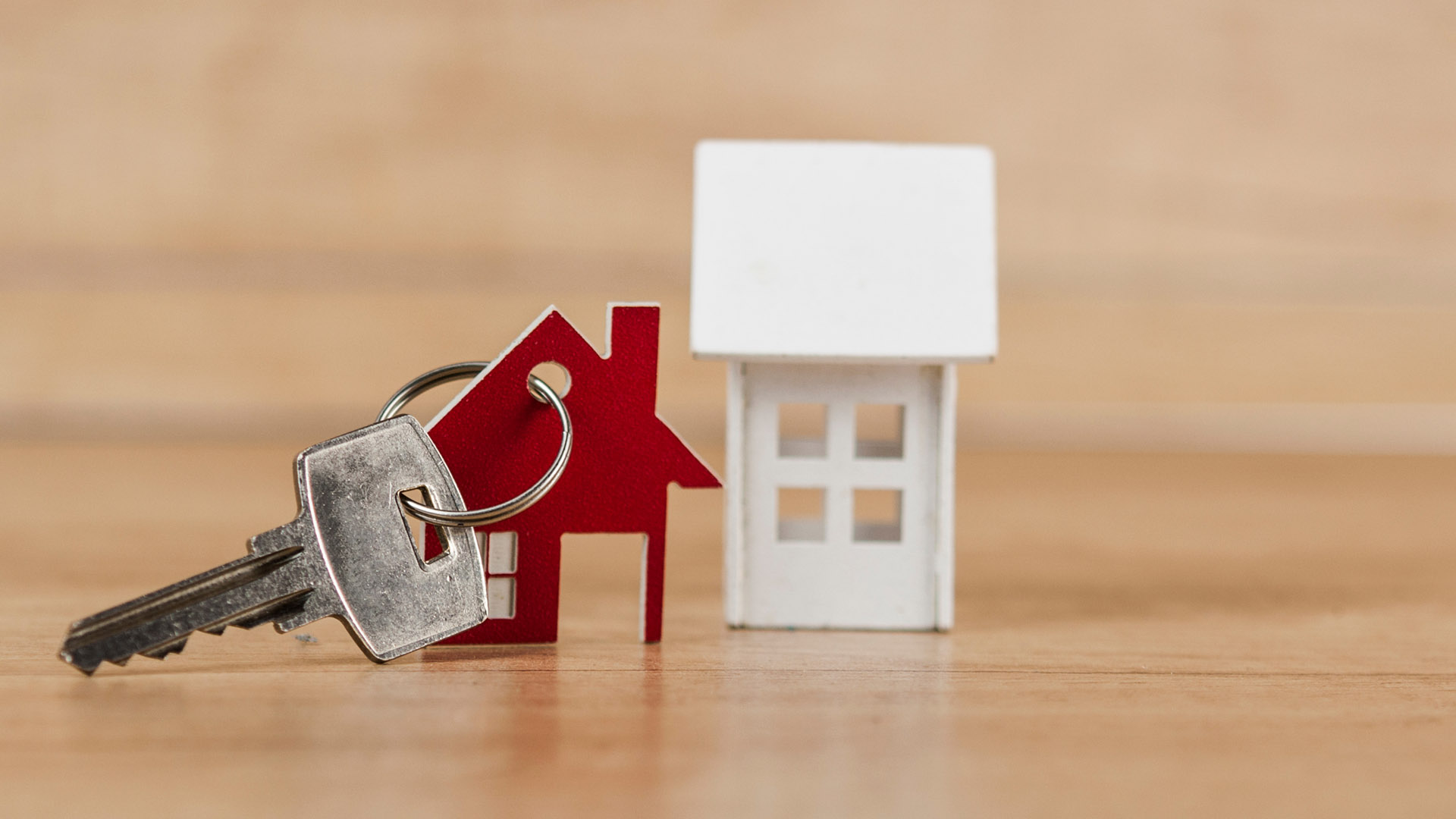Balloon mortgages sound great if for no other reason than the imagery they connote. Light, colorful, and free. But just like the imagery balloon mortgages inspire, at the end of their loan cycle, balloon mortgages expand exponentially and can pop or bust just like real balloons.
According to Glenn Carter, a real estate investor with Condo.Capital, a balloon mortgage “…is a short term loan where you pay the bulk of the principle at the end of the loan term.” One of the benefits of a balloon mortgage, in addition to paying substantially less up front on a down payment with a conventional 15 or 30 year mortgage, is that the interest rate on the loan is very low, perhaps a full percentage point lower than a 15 or 30 year fixed rate mortgage loan would be.
For example, a $200,000. loan on a 30 year fixed rate at 4.5% would have a monthly rate of $1,000. and a total payout of approximately $165,000. in interest over the life of the loan. For a balloon mortgage, a $200,000. loan with a fixed rate of 3.5% for 7 years (the usual life span of a balloon mortgage is 5-7 years) would have a monthly rate of $898. and a total payout of approximately $45,529. Obviously, there’s a substantial difference between $165,000. and $45,529.
The catch? At the end of the balloon mortgage time frame of 5-7 years, the borrower would be required to pay off all of the remaining balance in one lump sum payment, called the balloon payment, which would amount to approximately $170,987.
Knowing that the borrower will be responsible to come up with the remaining balance in one lump sum balloon payment, does a balloon mortgage make sense? For those who have a strategic plan, yes…either the borrower has enough cash or liquid assets or pending inheritance or bonuses to pay the balloon payment in one lump sum, or the borrower plans to move, sell the house and close out the mortgage before the final balloon payment comes due. A balloon mortgage is also a great option for an investor, perhaps an investor like Glenn Carter, who flips houses.
Worst case scenarios with balloon mortgages…real estate prices fall and they don’t recover the costs as the borrower anticipated them…the house doesn’t sell…there’s a change in the borrower’s finances and that balloon payment could wipe out his/her savings or retirement account.
A couple of options to counteract worst case scenarios with ballon mortgages might be to 1.) refinance that loan into a conventional 15 or 30 year loan if the lender would be willing or 2.) refinance that loan into an adjustable rate mortgage (ARM) with the caveat that an ARM inherently has fluctuating lending rates.
Bottom line: the effectiveness of a balloon mortgage depends upon the effectiveness of a strategic plan.
























![New Year Bringing New Surge in Home Prices [Real Estate Coaching]](https://timandjulieharris.com/wp-content/uploads/2021/12/New-Year-Bringing-New-Surge-in-Home-Prices-Real-Estate-Coaching-100x70.jpg)







